In the spring of 2018, Sylvan Esso members Amelia Meath and Nick Sanborn broke ground on a recording studio centered around community. Nestled on a wooded property in Chapel Hill NC, Betty’s (named after Sanborn’s grandmother) is the converse of sterile studios where gear takes precedence over people.
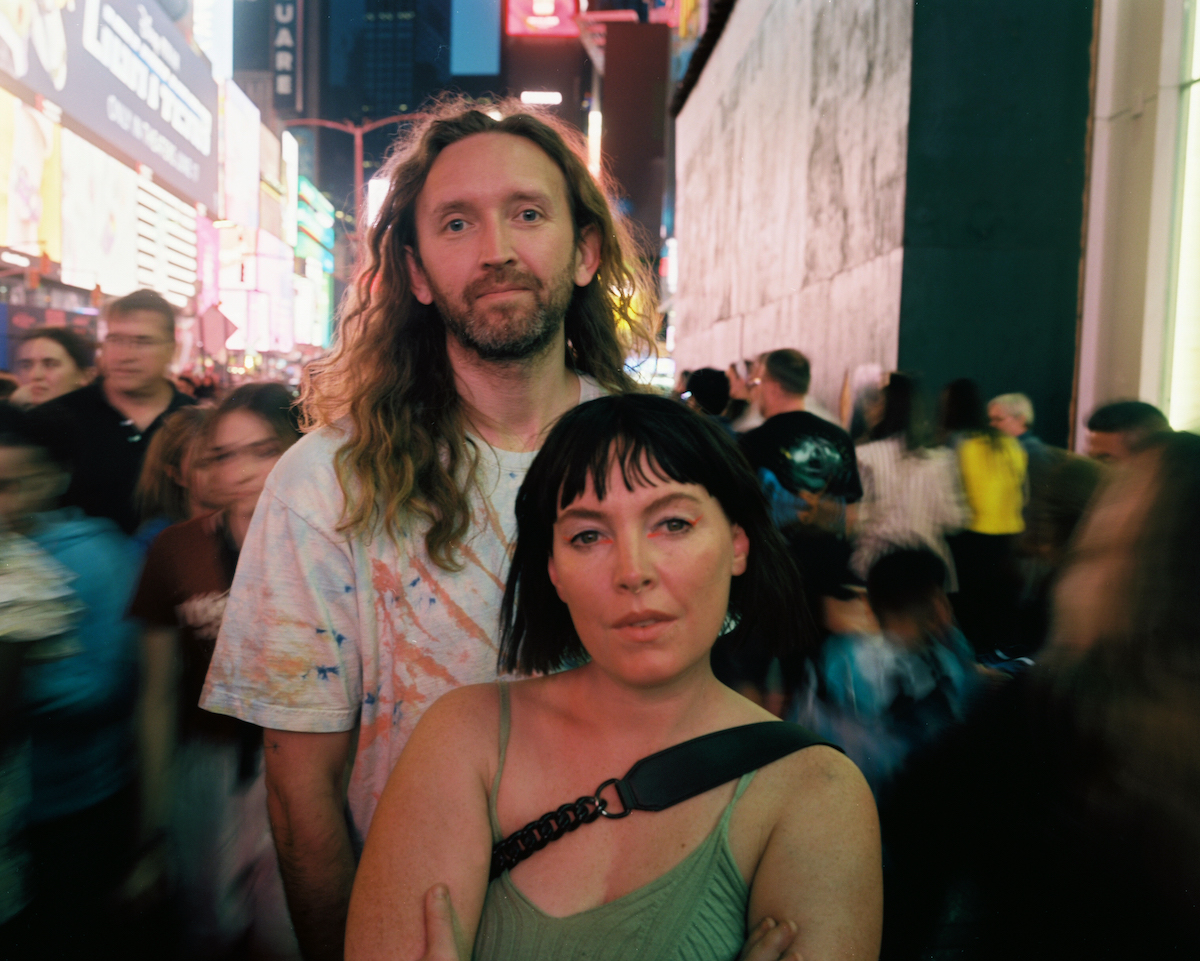
Inspired by a visit to the Donald Judd residence in Marfa, the duo worked tirelessly to ensure every corner of their light-filled space felt considered, keeping an artist-first mentality through each phase of the build.
Jenn Wasner (Flock of Dimes, Wye Oak) was the first artist to make a record at Betty’s during deep-pandemic times. Head of Roses (2021) helped Meath and Sanborn begin to understand the full potential of what they’d built. Their studio has since become a second home to The Mountain Goats, Superchunk, Caroline Rose, amongst many others.
Bettty’s also operates as HQ for all things Sylvan Esso and their newly minted label, Psychic Hotline. We caught up with Nick and Amelia during a rare moment of down time to hear about working with intention, trial and error, and the magic of "the tone quest."
How did you come across your space?
Amelia: When we started looking, we knew we wanted a house with an outbuilding. I like it when there's a way to take a break, that was a requirement. The person helping us search is also a musician. He got the vibe. His name is Lee Waters.
Nick: At first our studio was in a bedroom in our house. That got to be too much, so we moved into this tiny, decrepit one-bedroom house that we rented, which wasn’t really enough. We thought we should find a place to buy. We looked at a lot of different places—a building downtown, a church. We honed in on this idea that it should be a house on a little bit of land, [with] an outbuilding, and less than 10 minutes from a bar or coffee. That was the rule. We couldn't be way out in the middle of nowhere.
A: We'd done the remote studio. It's hard to write pop music when you can't see other people.
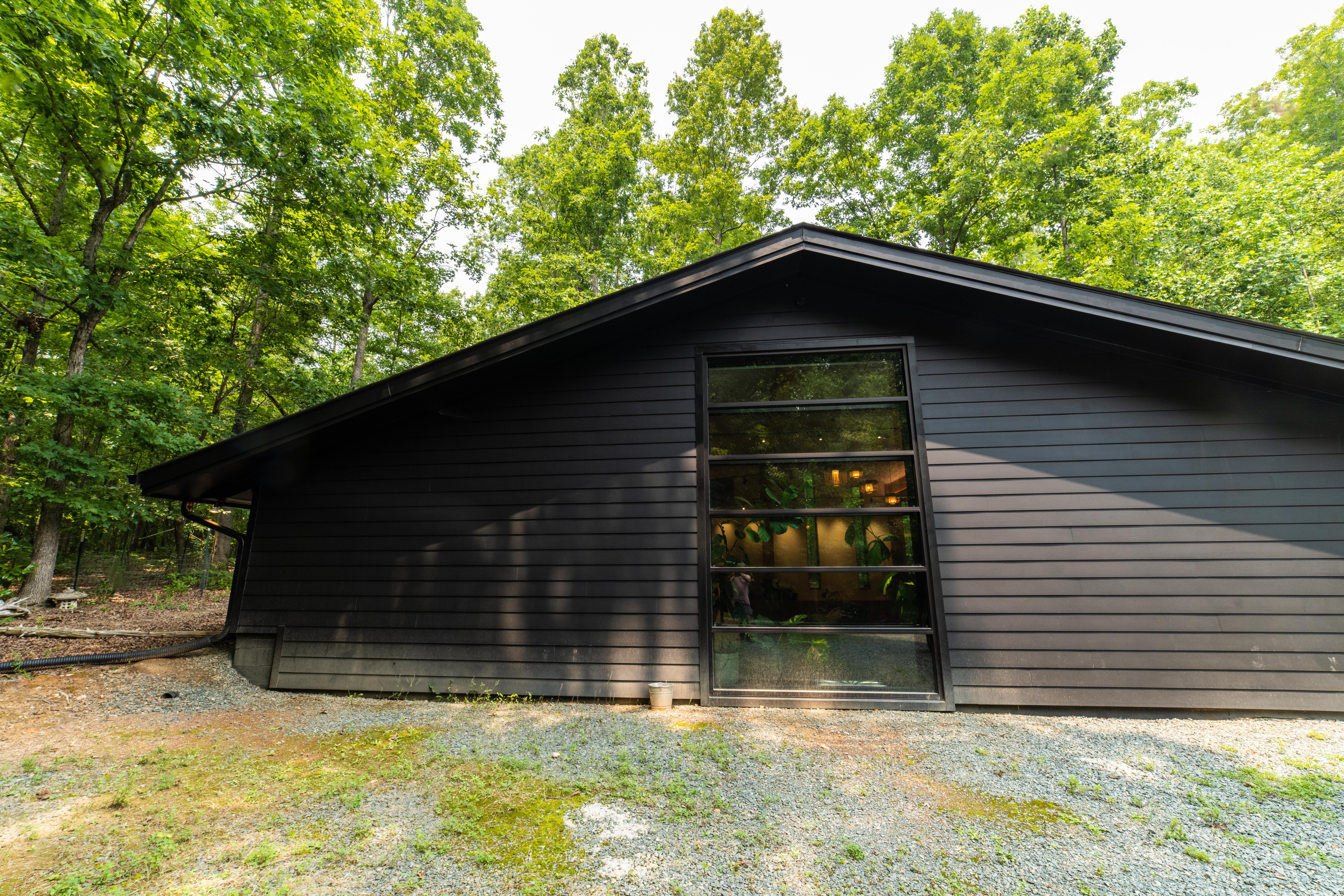
N: Optional isolation. We looked for a long time and decided it didn't exist. A year later, after we had stopped, Lee hit us up and said, "I think I might've found it." He took us to the place that is now Betty’s. It was weirdly perfect for what we were trying to do, yet utterly strange and unviable for any other person. The property makes no sense whatsoever if you weren't trying to do exactly what we're trying to do.
A: At that point I was so tired of looking. I saw all the boxes were checked and was like, fine, let's do it. Then we went on tour for six months. I didn't realize how amazing the space was. We bought it while we were away and didn't see it again until we got the keys.
N: It took another year to get plans together, another to start construction, another to have it finished.
What was the energy like at first?
A: We wanted everything to be done for WITH rehearsals, but it didn’t get done until a year and change after that. We wanted to have rehearsals in the A room so we went to Home Depot and bought a fuck ton of packing blankets and lined the garage with those.
The craziest part was the energy. It might be because of the band we assembled. A confluence of the dream of what our studio could be and all these people flooding into it. Because we're such great planners, we were like, "we'll learn 28 songs in six days!" We were cramming, everyone was in the house, all of a sudden the studio was itself—we didn't have to do anything. The energy was just there. It was amazing.
N: The biggest lesson was learned first: What makes any space great is the people who go there. That immediately became the focus. Who do we want to be here? Whose energy can we bring in? Who might like this the way that we like it? It's evolving all the time because the people there are constantly changing.
Were there initial problems you didn’t anticipate?
N: There were tons. I could go through a laundry list of bad decisions, mistakes, and paths we went down that didn't work.
A: There are still annoying problems that actually aren't annoying at all, but when we first discovered them, it felt like we fucked up so much that we’d wasted all of our money.
N: You do something once, you decide the things you don't like or that you’d change if you did it again. The next time you do it, you do it differently. You make all new mistakes. Everything's iterative. Having a bunch of problems when we first started was another great lesson: Whatever happens, we're going to figure it out. The purpose is here and it sounds good. Beyond that, it doesn't really matter.
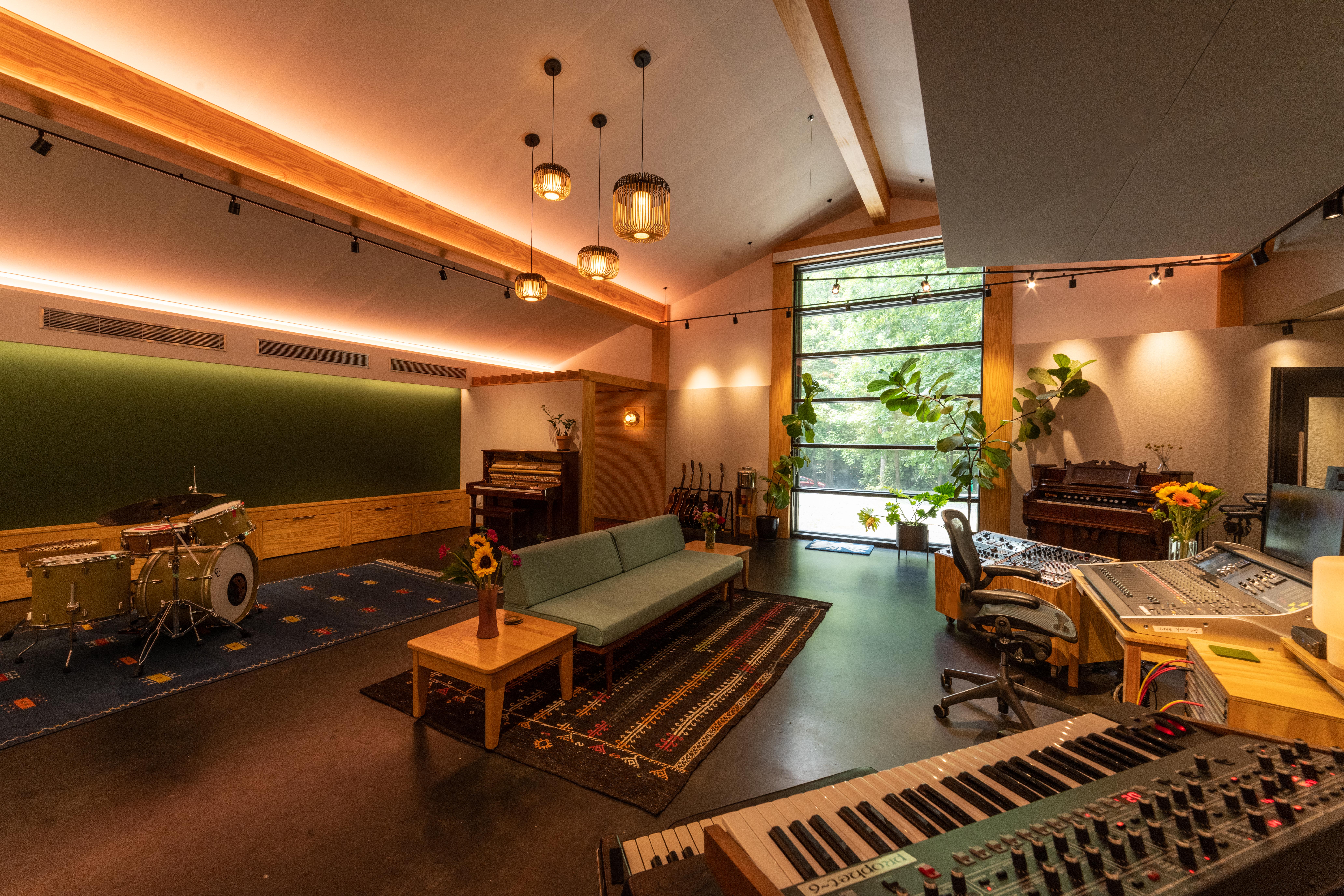
A: I wanted to get excellent isolation, for the live room to be where the console was so that everybody was involved in each take. The guys that build studios in North Carolina are rich guys that fucking love Eric Clapton. They are not professional musicians, but they have so much money. It was so hard to get people we were trying to hire to understand. To want a truly functional studio that isn’t fancy but does its job. We don't need anything to rise up out of the ground. We don't need a projector, we need it to sound good.
N: Every tool's a mirror and a studio is a tool. Each one is a reflection of the people who built it and the people who go there. In the initial creative phase of figuring out how to build and design something, finding people who are on the same page—or even if they're not, getting on the same page together—is its own task you have to overcome.
How do you want people to feel when they enter?
A: The space is designed so that when you walk in, you're in this tunnel. You walk through it, and the room blooms in front of you as you walk out. Every time you go in, you discover the space. It’s like a portal. The dream was for everyone, the minute they arrived, to feel like the space was so special that they wanted to take care of it, that it was theirs.
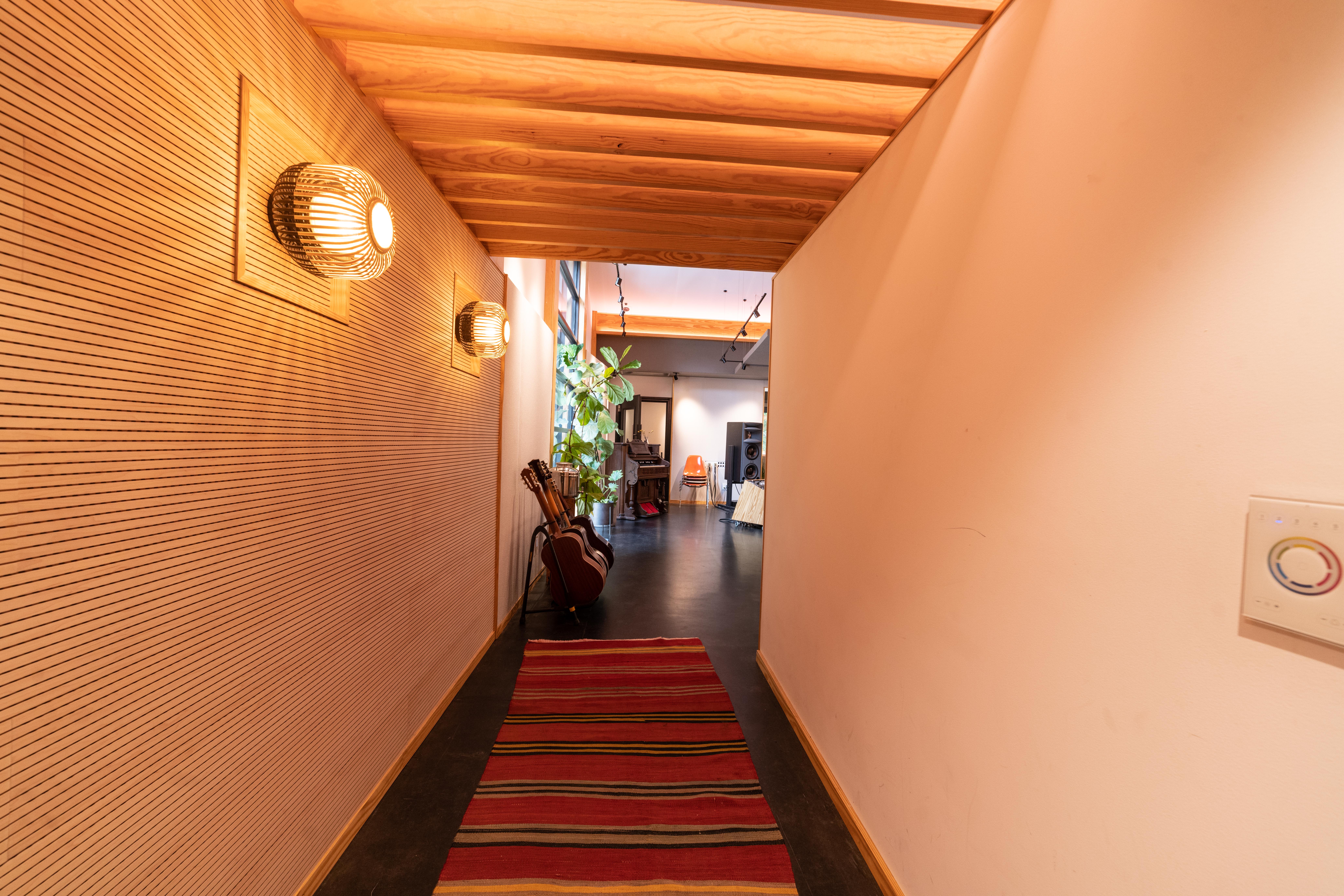
Figuring out how to do that was an interesting puzzle. You can't live in it. We can't live in it. That was one of the first rules. You need it to feel like a house, but not like an Airbnb. It's everyone's house, but it can't be too generic.
Were there guiding design principles?
N: We had a couple. We wanted someone to feel both taken care of and ownership, for every space to be considered. Before we started working on it, we went to the Donald Judd residence in Marfa. He designed every piece of furniture there. Even if you didn't know that, the feeling of every piece being purposeful created a creative pregnancy to everything. We took a lot from that.
That led into everything—the furniture we picked, the art on the walls, down to the way we lay the kitchen out. We learned a lot from our friend Ashley Christensen, a chef in Raleigh. She talked about how she knew how she wanted somebody to feel when they walked into her restaurant, Poole's Diner. That answered every question for her. The emotional tone and reaction somebody has to your space tells you everything you need to know down to the annoying questions like which rug to get.
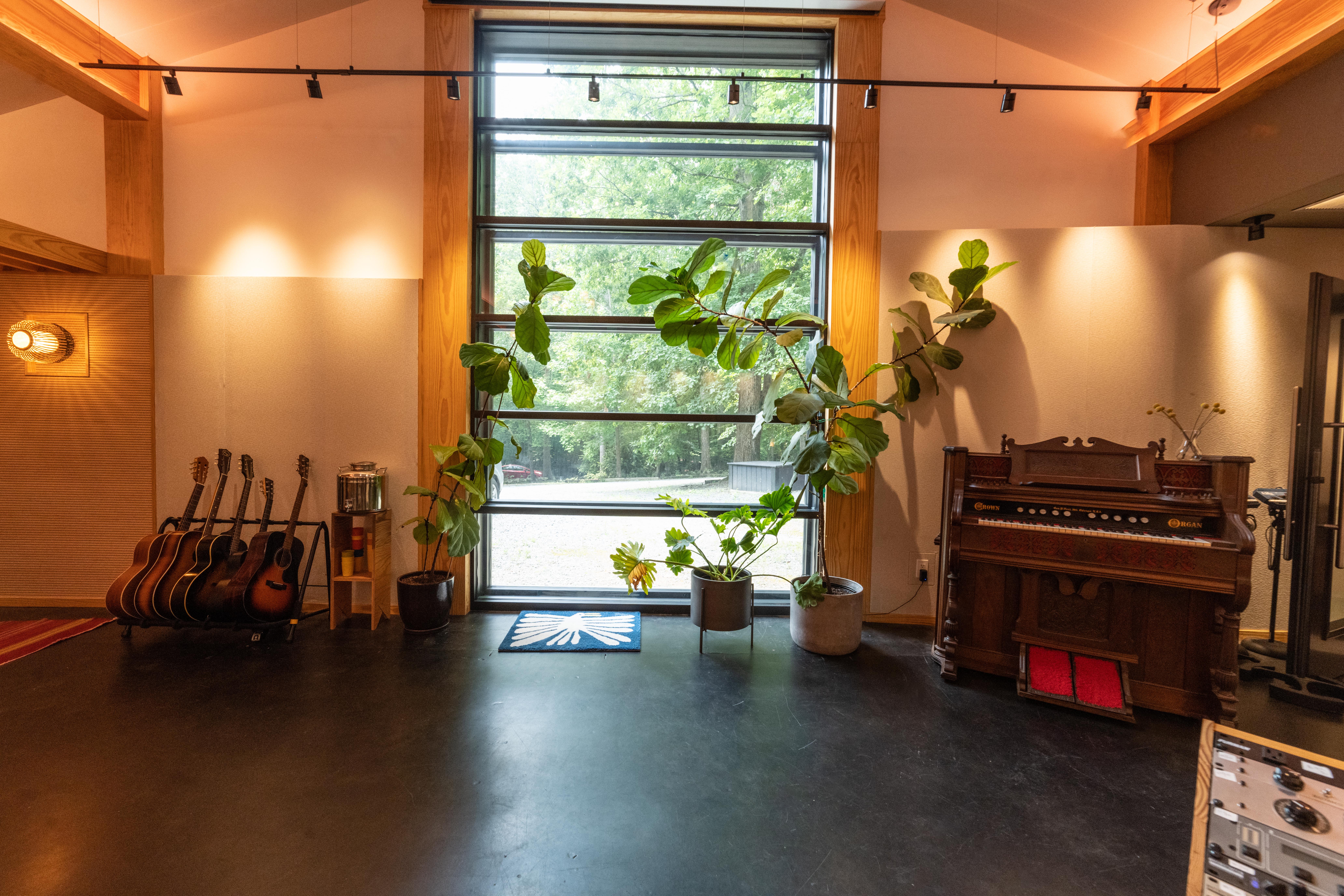
A: People talk often about the concept of hospitality when you're a touring musician, particularly an unsuccessful touring musician. Walking into a room with a good lamp next to the bed, a couple of books that are interesting, a comfy chair—every room in Betty's has that, but when you're sleeping on people's floors and getting peed on by their cats, you long for intentionality. Someone to take care of you.
Lack of intention comes with a cost.
A: 100 percent. I’ve been in studios where even if there was intention, what it was supposed to feel like was that I was not cool enough to be there. I've heard the story many times about someone walking into a studio and the engineer is already upset with them being there. That is antithetical to the creative process we wanted to foster.
N: A lot of studios are designed by engineers, from their point of view and perspective, which is great if you're…an engineer. The engineer's job is to engineer solutions to the problems we have in the studio. The person we want to be focused on is the artist and specifically, it's us.
We were trying to expand that, imagining other people's experiences—that was the other big head shift. If there's a choice between something feeling better or something sounding better, we’re going to pick feeling better every time. We still ended up with a great-sounding space. You don't have to sacrifice as much as you think.
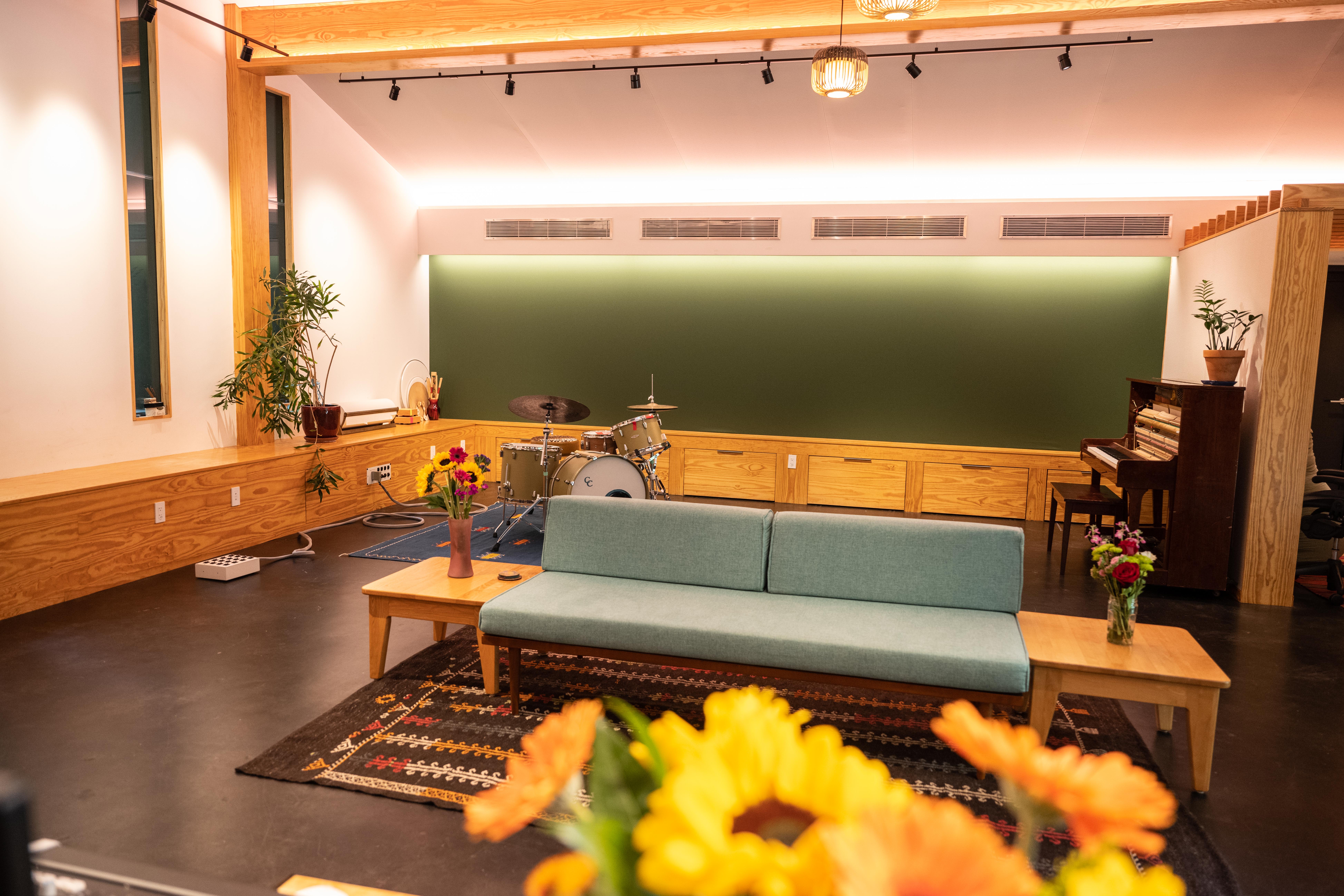
What freedoms does having your own space allow for?
N: The studio functions as an arm of our label, Psychic Hotline. It feels like a slightly more siloed version of the Motown model. It's all independent pieces. The band, management, label, and studio all operate independently, but everything feeds and supports each other. The studio allows us to do whatever we want on our own terms, especially with artists on the label. We can just bring them to the studio, give it to them for a week. We don't have to rely on or pay other people to do that.
A: The fact that we're able, at any moment, to lay down an idea and also that to other people makes for so much independence.
N: It leads to work that wouldn’t exist otherwise. Even when we had the lone bedroom house in the middle of the woods, we would give that to friends when we went on tour. Six or 10 records got made there in the year and a half that we had that place. Those would not have gotten made otherwise because somebody didn't have a free place to work. The studio is now feeling like a more expensive version of the same thing. The purpose is to facilitate artists and facilitate work. This is the ultimate tool for that. It's a gift you can give somebody.
How do the A and B rooms differ with regard to gear?
N: In the A room, we're on an SSL XL desk that I bought from the owner of Make Noise, previously owned by Flying Lotus. We also have an SSL in the B room, but it's the X desk with the expander, 24 channels. So in the A we have this SSL with a ton of other pres. It’s the hub of everything. We don't use it a ton for processing, it's the knot through which everything flows. We have Ocean Way HR 3.5s as our main speakers, which I adore.
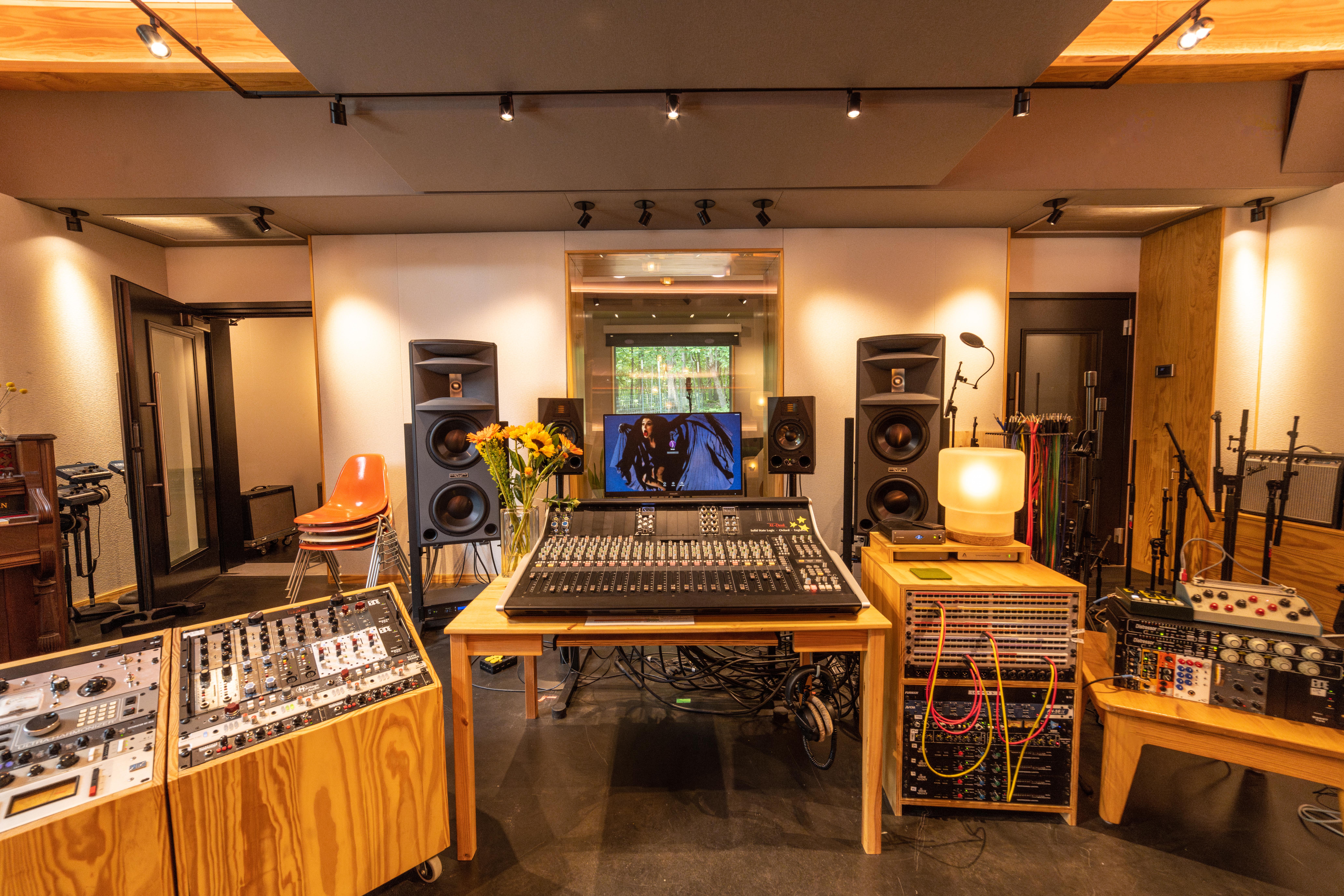
We were in this weird zone when we were building where every studio around us had an API 1608, a genius piece of gear, and big ATCs. ATC make some of the best speakers on the planet. We thought, "We can't have another 1608, ATC room. If we're going to do something different, let's do something different."
The other nice part about Ocean Way is that they have an extremely wide sweet spot for listening, their waveguide is super wide. We wanted that so you can move around the room. So much of it is standing and walking around. We wanted a lot of people to be hearing the right thing at the same time. As our midfields, we have some Adam A7Xs which are functional, a great monitor.
What’s your take on having "nice" gear?
N: As a rule, we don’t spend an absurd amount of money on nice stuff.
A: I would, ha.
N: If we found the right stuff, we would. I'm not usually hunting for that, I'm usually hunting for synths and compressors.
A: I'm also never impressed with gear. I just don't care.
N: You're pure vibe and function. Is it working or is it not?
A: If it doesn't work, I don't care. It’s horrible for him because he's constantly trying to make everything work. If it doesn't work immediately I'm like, "I don't like it. Let's not do it."
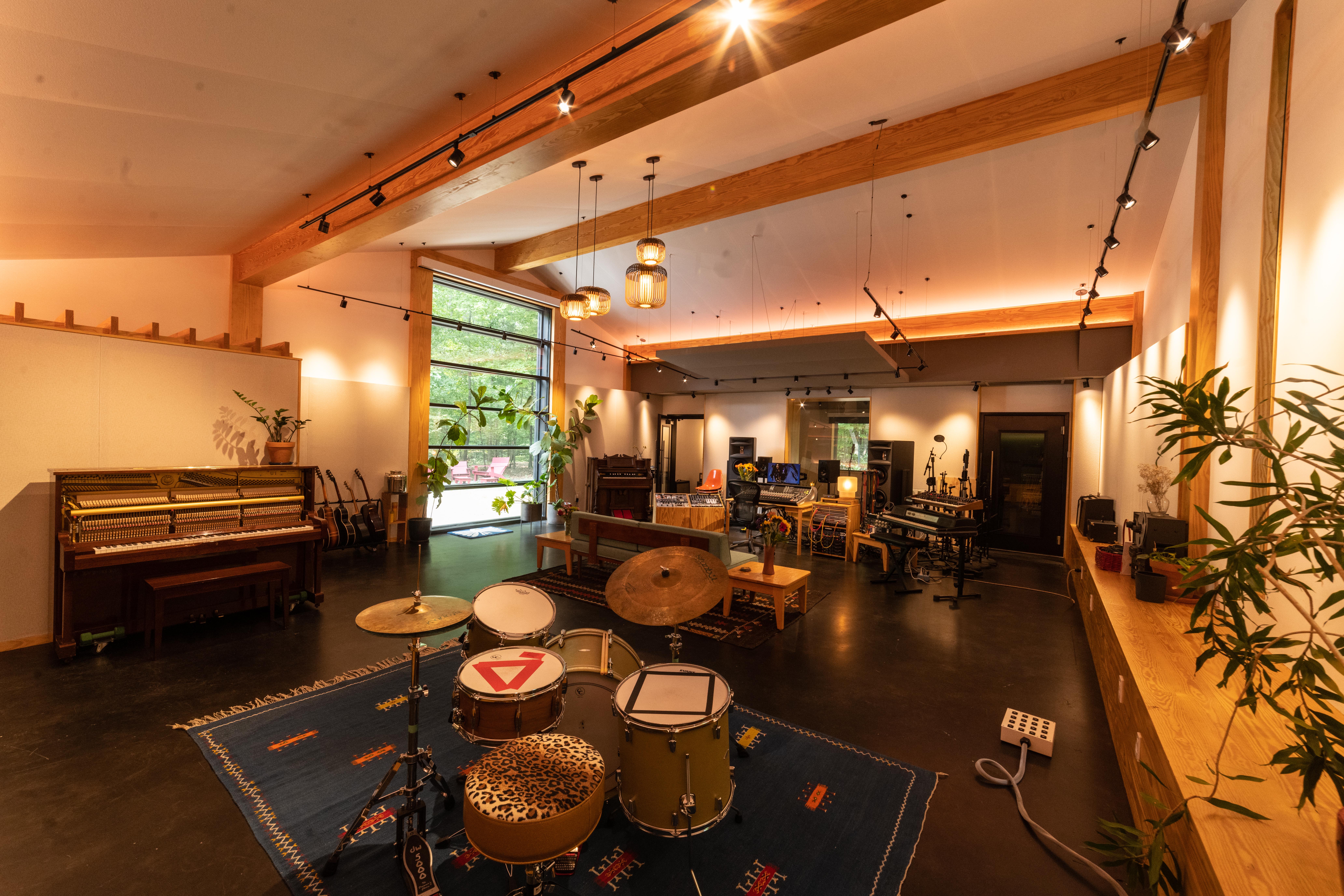
N: One of the best things we bought from a thrift store is our Yamaha U1, which is brilliant. That and a C&C drum kit are always in the A room. We have a pump organ that I got for $200 at the same thrift store that makes it onto every record.
A couple of preamps that don't get enough love and are not expensive are the AML 1073 ez500 series. Those are like $800 or $900 for a pre and EQ, like a Neve Clone. They're workhorses. Also the Neve 511, $400 or $500 used. I've gotten four off of Reverb, all less than $500.
The only "high-end" gear we have is from Overstayer. The guy, Jeff, is a genius. I almost don't want to mention his name because I don't want used prices to go up. We have so much of his stuff that I've slowly collected. In the A room, we have a M-A-S that is used on every mix. In the B room, I have 'em over the stereo modular channel, which every instrument goes through on its way in. Half-rack compressors.
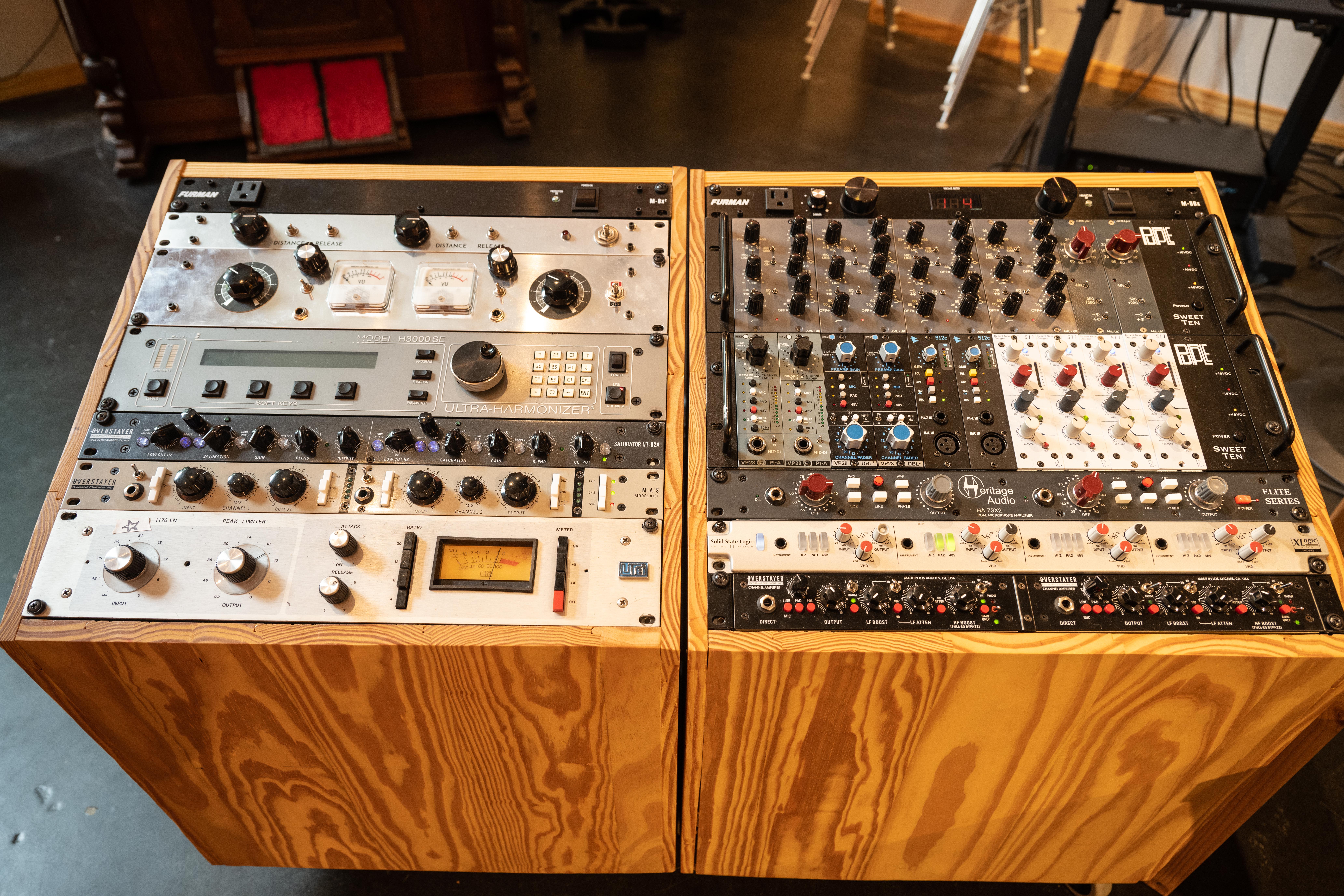
How often is your workflow changing?
N: All the time. The B room is constantly getting changed around.
A: The workflow itself, the thing we do together, is the same. It's that we’re always doing other shit, so we break the studio apart constantly.
N: It also leads to rebirth. Every time we put it back together, it's better than before.
A: Sandy's constantly improving on it, but the thing that messes up workflow is that we keep on doing other work.
Head of Roses was the first LP recorded at Betty’s. What’s changed since then?
A: When we were doing Head of Roses, the space had virtually nothing in it.
N: It was pure Tabula Rasa. No couch, which was a principal decision at the time that we’ve abandoned. We thought if you were in the A room, you are in there to be focused and working.
A: Oh my God, we are just evil people.
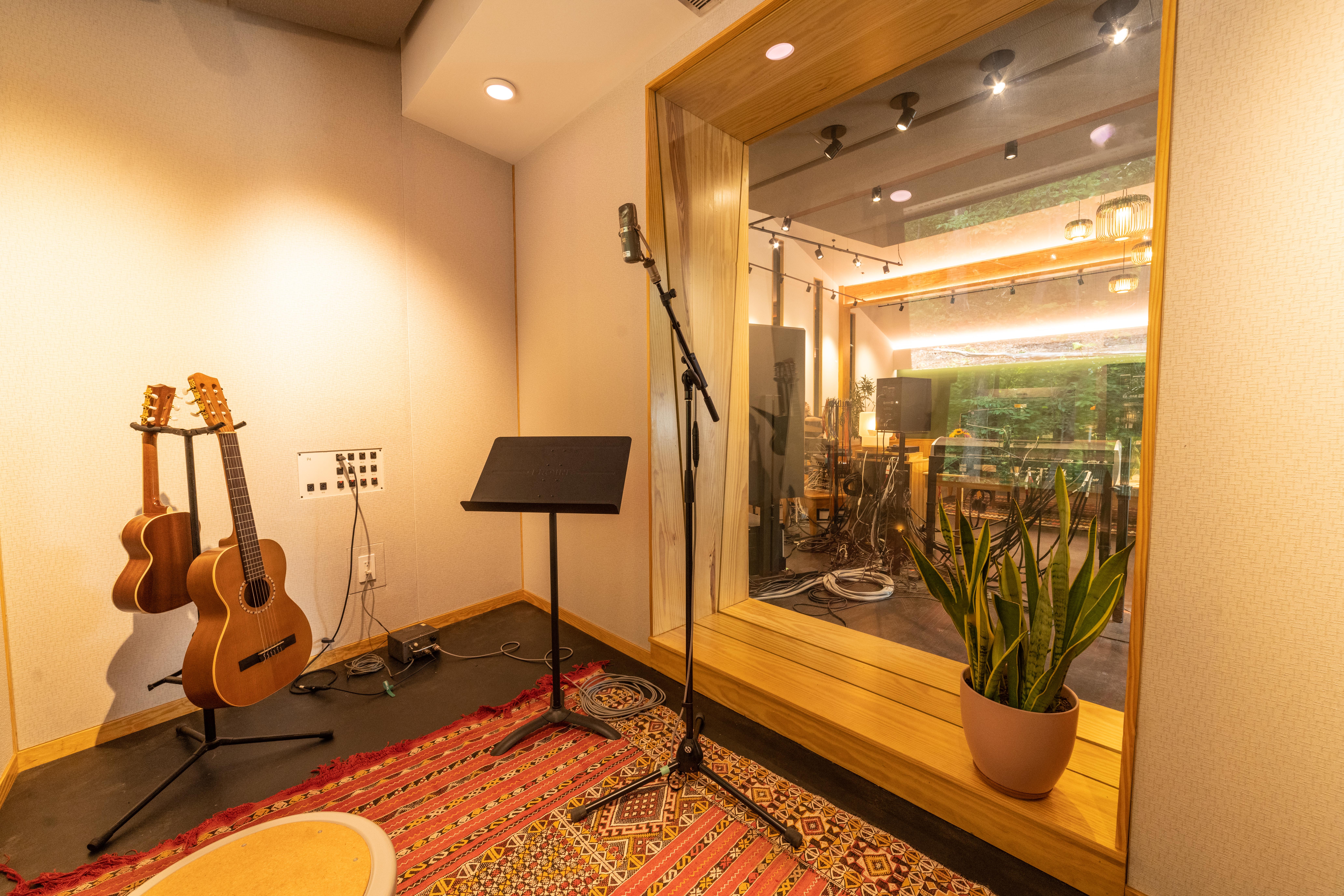
N: There was no lounge. It was set up in stations, we’re all on stools. We didn't have a screen in front of the console because if you're at the listening position looking forward, you're looking into the ISO booth, which has a floor to ceiling window into this big vocal booth. We did floor to ceiling because we didn't want there to be a barrier between the person in the booth and the people outside. Trying to get rid of the aquarium feeling.
A: We were wrong. We were thinking about it as an art installation. So much of it was about the sad isolation that can happen in the studio. Everyone's hanging out, you're in the booth trying to expose your heart and everyone is laughing about a joke from South Park or whatever.
N: We made a bunch of mistakes, but I'm still proud of that one. It was the place where we figured out what the intent was. That flow got defined in that record.
Is it easier when an artist knows exactly what they want versus not having any idea?
N: It depends. On the last couple records I've done where people haven't known what they wanted, I'm just walking around the room being like, "how about this? What about this vibe?" There's a lot of that. Not a new technique, but I value reference listening now.
Putting together a set of records they're aiming at sonically is a huge help. It cuts out 90% of the decisions you would make then take back. If we're working in A, I'll bring a bunch of stuff in, set up a little zone, start setting a vibe. The minute you're excited about one piece, everything else falls into place. Sometimes you need to try 10 times to find it.
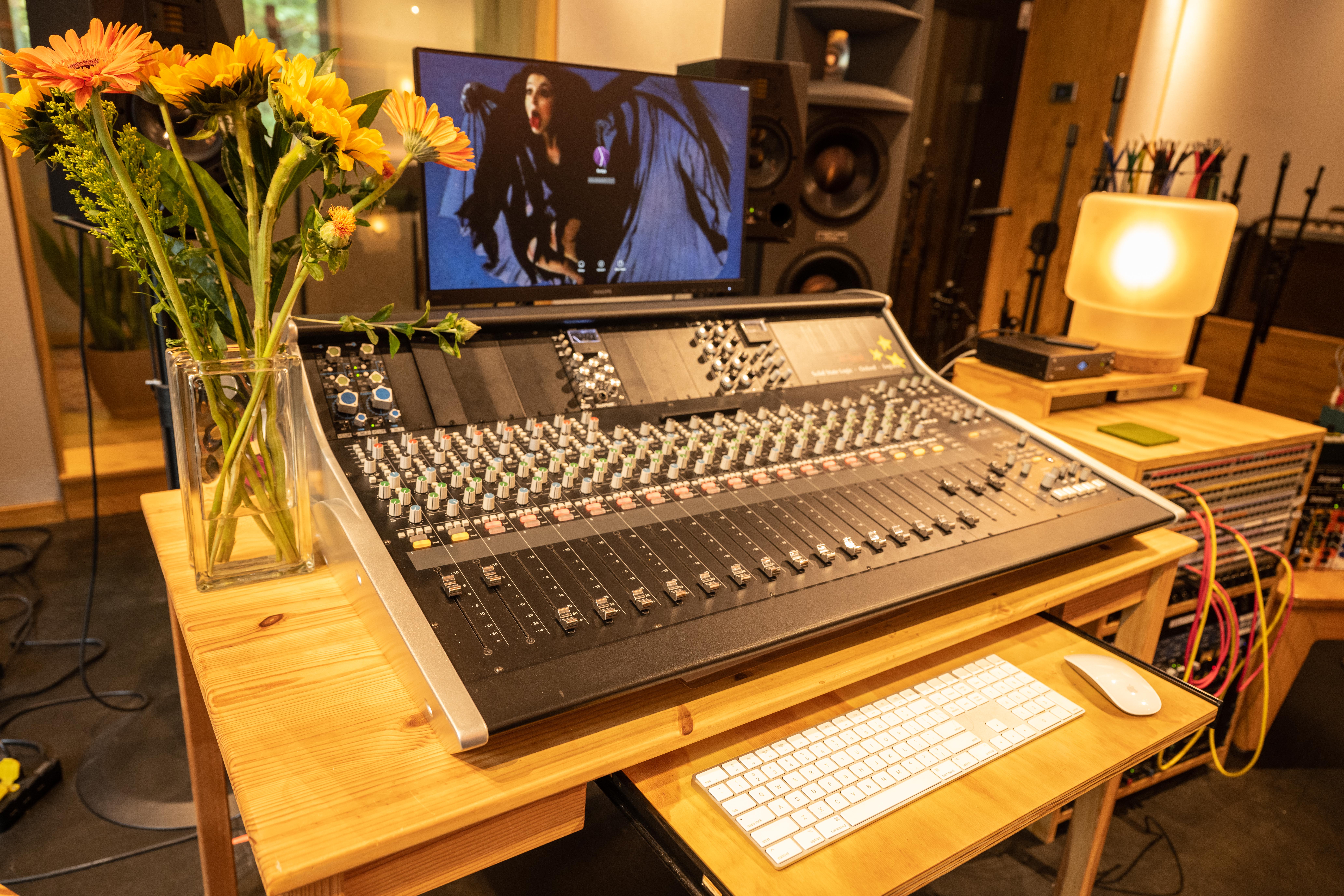
Do you go hard on pre-production?
N: No, I don't think it's worth it. It's being confident enough to know you can make something in the moment quickly. I don't think pre-production, beyond talking and getting on the same page emotionally, is all that helpful. It gets you locked into ideas that might not end up working.
A: It can get you trapped in a place where you keep trying something that isn't working, but you're like, "but it was supposed to work.
How do you know when a session was successful?
N: There's a couple boxes you can check off. Was the artist satisfied? Are they excited about what happened? Are you excited? You can have a session where the artist is super excited and you're like, "what am I doing with my life?"
Bigger than both of those is: What did I learn from this? Even if you crush a song, if you didn't learn anything from it, it's like, what are we doing here? I’ve learned more when it's not working than when it is. If we sought something and didn't find it that day, that's fine.
A: We call it a "tone quest."
